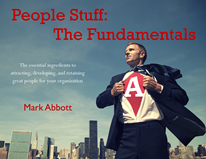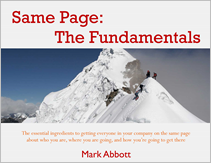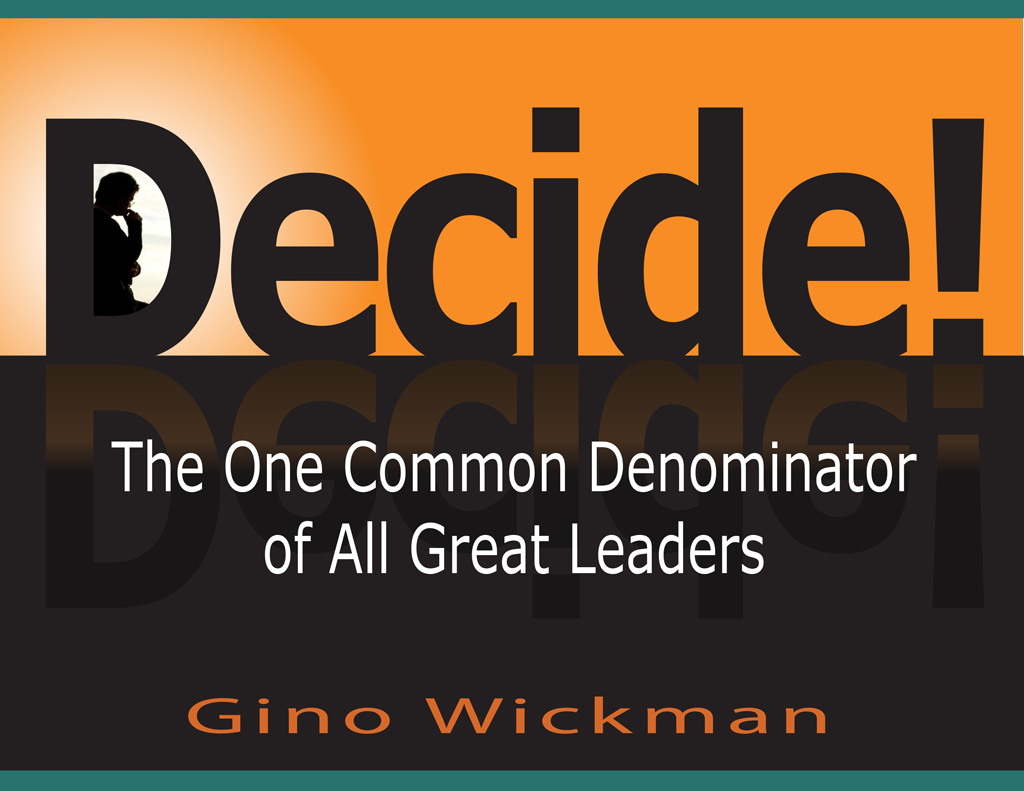
During the last couple of weeks, I have been talking about the notion that to get great people for your organization, all you need to do is get the right people into the right seats. The short hand for the right people part of the equation is do they genuinely clear your core values bar, and if so, do they “GWC™” it:
- Get the job; that is, have the skills and experience to perform its roles,
- Want the job, genuinely and for all the right reasons, and
- have the Capacity (mental, physical, and emotional) to do the job well.
Today, I am introducing an optional fourth dimension to the meaning of “capacity”; something that goes beyond the mental, physical and emotional.
Content warning: what I am sharing is not pure EOS®. You don’t need to add this component to master EOS and achieve organizational well-being. That said, my clients find the additional dimension illuminating, so I feel compelled to share it.
So what is the fourth dimension?
It is the notion that every seat has a number of roles, and each role has an associated time span. Furthermore, every human has a time span limitation. That means there is a limit to how long one can effectively work a task without direction, using his own discretionary judgment, to achieve a specific goal.
The notion of time span capacity was developed by Elliot Jaques (pronounced “Jacks”), who some refer to as the most undeservedly ignored management researcher of the modern era. Jaques’ “stratified systems theory” postulated that just as humans differ in intelligence, we also differ in our ability to handle time-dependent complexity. In fact, Jaques, spent 55 years researching notions associated with time span capacity and consistently found that at least 85% of time managers and their subordinates would agree regarding the length of the longest task a subordinate could be reasonably expected to comfortably undertake without supervision.
For many (some have suggested up to 40% of our working population), the time span is less than three months, and it never expands. For others, it ultimately maxes out at less than one year. For a few, it continues to elongate as one gets older and wiser. For some, it never extends much beyond two years. For an even smaller number it will run out to five years.
And then the percentages continue to decline as we move out to 10 years, then 20, then 50. There are even a very select few who are capable of executing concepts that are 50 to 100 years out – thinkers such as Henry Ford, Einstein, Gandhi, Galileo, and the like.
If you stop and think about the implications, I suspect you’ll find the notion of time span exceedingly interesting in a host of ways, some of which I intend to hit on in future blogs, especially in terms of thinking about the time span associated with each of the key roles possessed by a seat, and consequently, the very structure of an accountability chart.
Until the next time, may you build with passion and confidence.




6 Comments
Hi Mark – Just starting the EOS journey. Patsy Svare introduced me to your BLOG – very interesting concept. Tying into the Visionary Role, Integrator and others. We all run into situations where a person is able to think long and big when others are frustrated by planning beyond a week. I look forward to reading your next blog! Carol Ebel
Thanks Carol! Suspect most will agree that one of the keys to success is managing expectations- ours and others – and, IMO, a decent grasp of the time span insight enhances that particular ability.
Mark
Thanks Carol! Suspect most will agree that one
of the keys to success is managing expectations- ours and others – and, IMO, a
decent grasp of the time span insight enhances that particular ability.